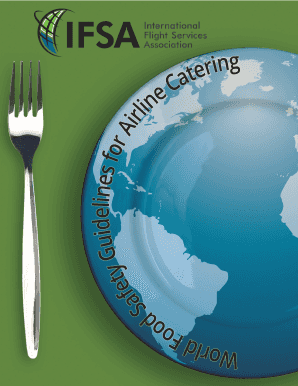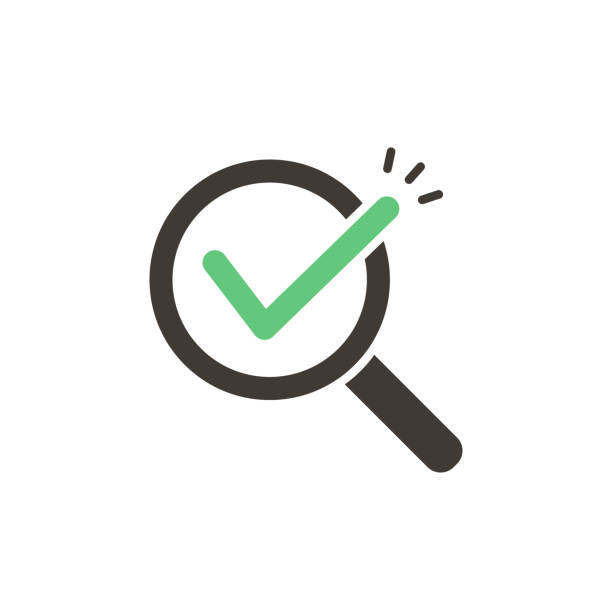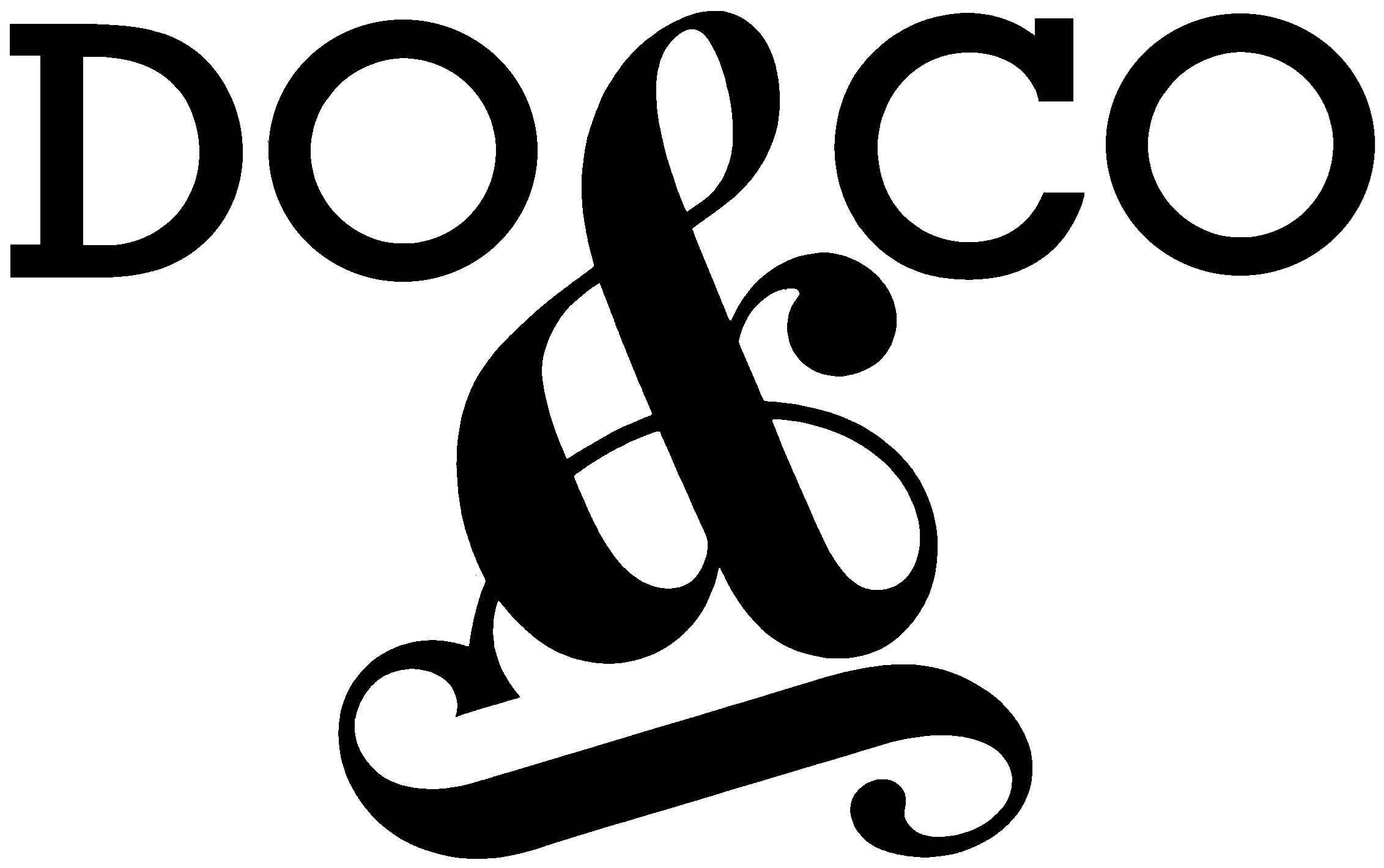Title Page
-
Site conducted
-
Conducted on
-
Prepared by
CHECK POINTS
FOOD SAFETY MANAGEMENT SYSTEM
FOOD SAFETY MANAGEMENT SYSTEM
-
1. Is there a documented food safety management system based on HACCP principles?
HACCP VERIFICATION
-
2. Is there a verification programme for the HACCP system?
-
3. Is corrective action taken when necessary and recorded?
UNIT STRUCTURE, SIZE, LAYOUT AND DESIGN
-
4. Does unit size and layout permit effective segregation between clean and unclean materials and processes?
-
5. Does the building design permit effective cleaning and tidiness? <br> - Floors, walls and ceilings have smooth and washable surfaces <br> - They are clean and well-maintained <br> - Floors incline to drains. Drains are open, clean and with grates <br> - All areas are well lit <br> - Ventilation is adequate to prevent excessive rises in air temperature in food preparation rooms
-
6. Are all areas of unit clean and tidy, no visible dirt and debris?
-
7. Hand wash facilities <br> - Are there hand wash facilities in each area with hot water, filled soap dispenser and single-use towels & signs for handwashing suitably placed? <br> - Are hand wash facilities correctly used?
PEST CONTROL
-
8. Is there an effective and documented pest management program? <br> - Building is properly proofed to prevent access of flying and crawling pests <br> - Unit plan, bait locations, list and type of eradication devices, list of approved insecticides/pesticides, material safety data, are available <br> - Records are kept for inspection, findings, treatments and corrective actions taken <br> - No signs of pest infestation
EQUIPMENT
-
9. Food Preparation Equipment and Food Contact Surfaces <br> - Are food preparation equipment and food contact surfaces made from food grade and non-porous material? <br> - Are the equipment and food contact surfaces clean and in good condition?
CONTROL OF HAZARDOUS MEAL INGREDIENTS
-
10. Is there a procedure for control of potentially hazardous meal ingredients in place? <br> - A list of hazardous meal ingredients is available and considered during menu design process, procurement and production
SUPPLIER APPROVAL
-
11. Is there an effective approval process for high-risk read-y-to-eat food suppliers?
CONTROLS OF FOOD HANDLING
FOOD RECEIVING
-
12. Is there a food temperature control system for safe receipt of potentially hazardous foods? (CCP1) <br> - Temperature of potentially hazardous foods is monitored and recorded: Chilled food: Surface temperature Critical: 8°C / 46°F Frozen food: Solid frozen <br> - Corrective action is taken and recorded when critical limit is not met
FOOD STORAGE
-
13. Is there a food temperature control system for safe storage of CCP 2 potentially hazardous foods? <br> - Chilled food: Surface temperature Critical: 5°C / 41°F <br> - Records are kept and corrective action taken when critical limit is not met
-
14. Is there a robust control system to ensure that food is consumed within its shelf-life? <br> - Are foods date-marked or color-coded and correctly rotated (no out-of-date foods)?
-
15. Are foods covered to protect from contamination?
-
16. Is there a process which controls in-house freezing of products?
THAWING
-
17. Is thawing performed in such a way that prevents the growth of pathogens and cross-contamination (e.g. under refrigeration)? <br> - Product is in sealed packaging if thawed in water. <br> - Product surface temperature is monitored and recorded when thawed outside of refrigeration. <br> - Product surface temperature: Target: 8℃/46℉
FRUIT & VEGETABLE WASHING AND SANITIZING
-
18. Is there a documented washing process? <br> - Each batch of raw vegetables and fruits are washed in clean and potable water or suitable alternative, with records kept <br> - Where permitted, sanitizer with correct concentration is used with records kept <br> - Appropriate segregation of washed and unwashed products
HOT MEAL PRODUCTION
-
19. Are foods cooked to safe core temperature with records kept? (CCP 3) <br> - Refer to CCP 3 of WFSG for minimum cook core temperature requirements
-
20. Are foods cooled safely? Food core temperature is reduced from (CCP 4): <br> - 60°C / 140°F to 10°C / 50°F in 4 hrs, OR <br> - 60°C / 140°F to 5°C / 41°F in 6 hrs, provided it reaches 21°C / 70°F in 2 hrs <br> - Records are kept and corrective action taken when critical limits are not met
-
21A. Ambient temperature is less than or equal to 5°C/41°F. (CCP 5) <br> - Is ambient temperature monitored? <br> - Are records kept and corrective action taken when necessary?
-
21B. Ambient temperature is higher than 5°C/41°F but less than or equal to 15°C/59°F (CCP 5) <br> - Is ambient temperature monitored? <br> - Food exposure time does not exceed - Critical limit of 90 mins <br> - Are records kept and corrective action taken when necessary?
-
21C. Ambient temperature is higher than 15°C/59°F but less than or equal to 21°C/70°F (CCP 5) <br> - Is ambient temperature monitored? <br> - Food exposure time does not exceed - Critical limit of 15°C/59°F or Food exposure time does not exceed - Critical limit of 45 mins <br> - Are records kept and corrective action taken when necessary?
-
21D. Ambient temperature is higher than 21°C/70°F. (CCP 5) <br> - Is ambient temperature monitored? <br> - Food exposure time does not exceed - Critical limit of 15°C/59°F or Food exposure time does not exceed - Critical limit of 45 mins <br> - Are records kept and corrective action taken when necessary?
DISPATCH, TRANSPORT AND LOADING
-
22. Dispatch <br> - High-risk cold food: maximum surface temperature 8°C/46°F <br> - Hot food: minimum core temperature 63°C/145°F <br> - Records are kept and corrective action taken in case of deviation from above
-
23. Are ice machines and scoops clean and well-maintained?
-
24. Transport and loading <br> - High- risk cold food: maximum surface temperature 10°C/50°F <br> - Hot food: minimum surface temperature 60°C/140°F <br> - Is there sufficient regular monitoring and recording of food temperature at loading to show compliance with above requirement?
-
25. Is there a food safety based risk-assessment in the event of an aircraft delay?
CONTROL OF PHYSICAL CONTAMINATION
-
26. Is there a documented, risk-assessment based control measures to prevent physical contamination, e.g. glass breakage?
PREVENTION OF CROSS CONTAMINATION
-
27. Is there clear segregation between raw and ready-to-eat food during storage?
-
28. Is there clear segregation between raw and ready-to-eat food during preparation?
-
29. Are there effective controls to ensure safe production of special meals, e.g. avoidance of allergens?
PERSONAL HYGIENE
-
30. Are uniforms suitable, clean and correctly worn?
-
31. Is there a company rule regarding jewellery based on risk assessment?
-
32. Are toilets and changing rooms clean and well-maintained?
-
33. Wherever possible, are tools (including gloves) used for portioning of food to minimise direct food contact?
-
34. When worn, are disposable gloves changed after being used for unclean handling processes?
INFECTION CONTROL
-
35. Is there a monitoring procedure in place to prevent contamination of food through contact with infected employees and visitors?
-
36. Are wounds properly covered? Conspicuous, waterproof dressings.
TRAINING
-
37. Is there a jobrelated food safety training program for employees and management? <br> - Induction and refresher training <br> - Tests are included <br> - Training records are available for each member of staff
CLEANING AND SANITIZING
-
38. Is there a documented cleaning and sanitizing program for food contact and nonfood contact surfaces?
-
39. Cleaning chemicals <br> - Food grade detergents and sanitisers are available in all working areas <br> - Separate chemical store with chemicals correctly labelled
-
40A. Pot wash/Dish wash Thermal sanitizing <br> - Do equipment washing machines achieve equipment Surface temperature of 71°C/160°F or final rinse temperature of 82°C/180°F? <br> - Is final rinse temperature monitored and recorded at beginning of each shift by reading temperature display or by using thermolabel?
-
40B. OR Chemical sanitizing <br> - Does manual washing procedure include a disinfection step? <br> - Is chemical concentration monitored and recorded? <br> - Are washed equipment visually clean?
-
41 Equipment Storage <br> - Is there clear segregation between clean and dirty equipment? <br> - Are cleaned equipment stored in a way which ensures quick drying and prevents contamination?
WASTE DISPOSAL
-
42. Waste bins <br> - Are waste bins well-maintained, emptied and cleaned when necessary? <br> - Are lidded bins foot operated?
-
43. Waste collection station <br> - Is the area clean and well maintained? <br> - Is the area covered and/or enclosed to deter pest activity?
INSTRUMENT CALIBRATION
-
44. Are measuring equipment used to monitor CCPs and SOPs identified and calibrated minimum annually with records kept?
PRODUCT RECALL PROCEDURE
-
45 Is there a documented product recall procedure in place? <br> - Procedure is tested to ensure preparedness and effectiveness
FOOD SAFETY COMPLAINT PROCEDURE
-
46. Is there a documented procedure for effective receipt, recording and management of food safety related complaints? <br> - Investigations are carried out and recorded <br> - Action to prevent recurrence is taken and recorded








